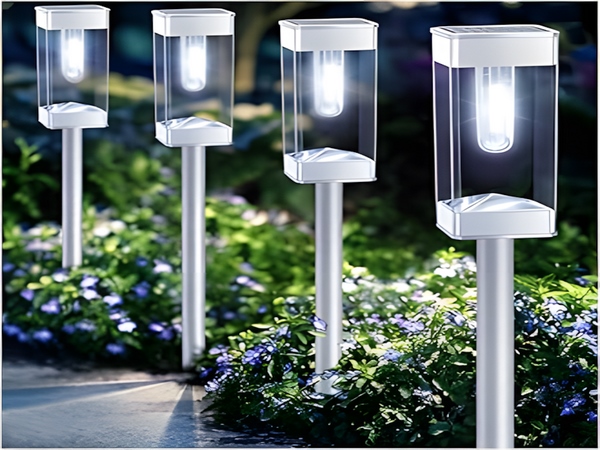
Streetlights are familiar to everyone. They are not only road lighting fixtures but also symbols of urban landscapes. Today, I would like to introduce
LED streetlights
.
1. Types of Streetlights
Streetlights can be classified by light source: LED streetlights, induction streetlights, energy-saving streetlights, high-pressure sodium streetlights, metal halide streetlights, etc.
Streetlights can also be categorized by occasion: ordinary streetlights, high pole streetlights, courtyard streetlights, landscape streetlights, etc.
Based on construction, streetlights can be divided into: single-arm streetlights, double-arm streetlights, and combined streetlights.
2. Streetlight Light Sources
Streetlight light sources include LED lamps, induction lamps, ordinary energy-saving lamps, high-pressure sodium lamps, and metal halide lamps. Which of these light sources is better?
Metal halide lamps and ordinary energy-saving lamps have low costs, long lifespans, and easy maintenance, but they consume relatively high power and are not recommended.
High-pressure sodium lamps have good fog penetration and were commonly used in the past, but their lifespan and energy efficiency are not good, so high-pressure sodium lamps are also not recommended.

Induction lamps are also a type of energy-saving lamp with a theoretically long lifespan, but they are expensive and difficult to maintain, thus not recommended.
LED light sources for streetlights are widely used in recent years, known for their high efficiency, energy-saving capabilities, environmental friendliness, long lifespan, easy maintenance, and reasonable prices. Many countries and regions are promoting LED, so LED is recommended for streetlight light sources.
3. Streetlight Spacing
The spacing of LED streetlights is determined by multiple factors, including the lighting power of the streetlight, height, and road width. Generally, the spacing is 3.8 to 4 times the height of the light pole. The typical spacing for streetlight fixtures is between 30 to 50 meters. If there are utility poles nearby, the distance should be 40 to 50 meters. It is advisable to combine utility and lighting poles to save on investment. When using underground cables for power supply, the spacing should be smaller, generally ranging from 30 to 40 meters, to ensure uniform illumination.
4. Streetlight Height

The height of the LED streetlight poles can be 6, 8, 10, 12, or 15 meters. The specific height should align with the width of the road. For side lighting, the height of the streetlight should match the road width or be within 1 meter less than the width. Common relationships for LED streetlight power versus pole height are: 30 to 60W for poles under 6 meters, 60 to 100W for poles under 8 meters, and 100 to 150W for poles under 10 meters.
Streetlights are produced by manufacturers of LED streetlights, specializing in outdoor lighting fixtures capable of 15 years of service, along with solar lighting products.



